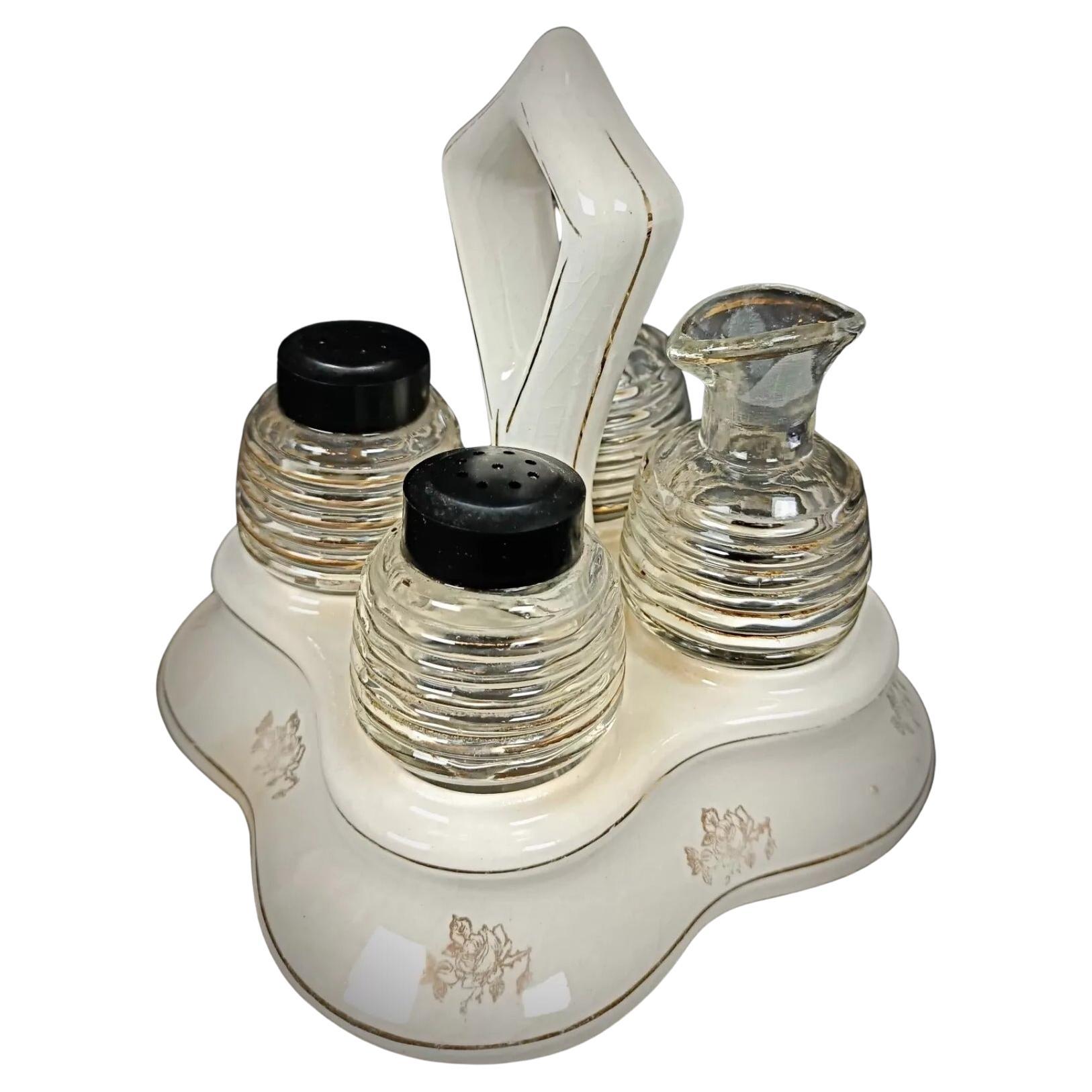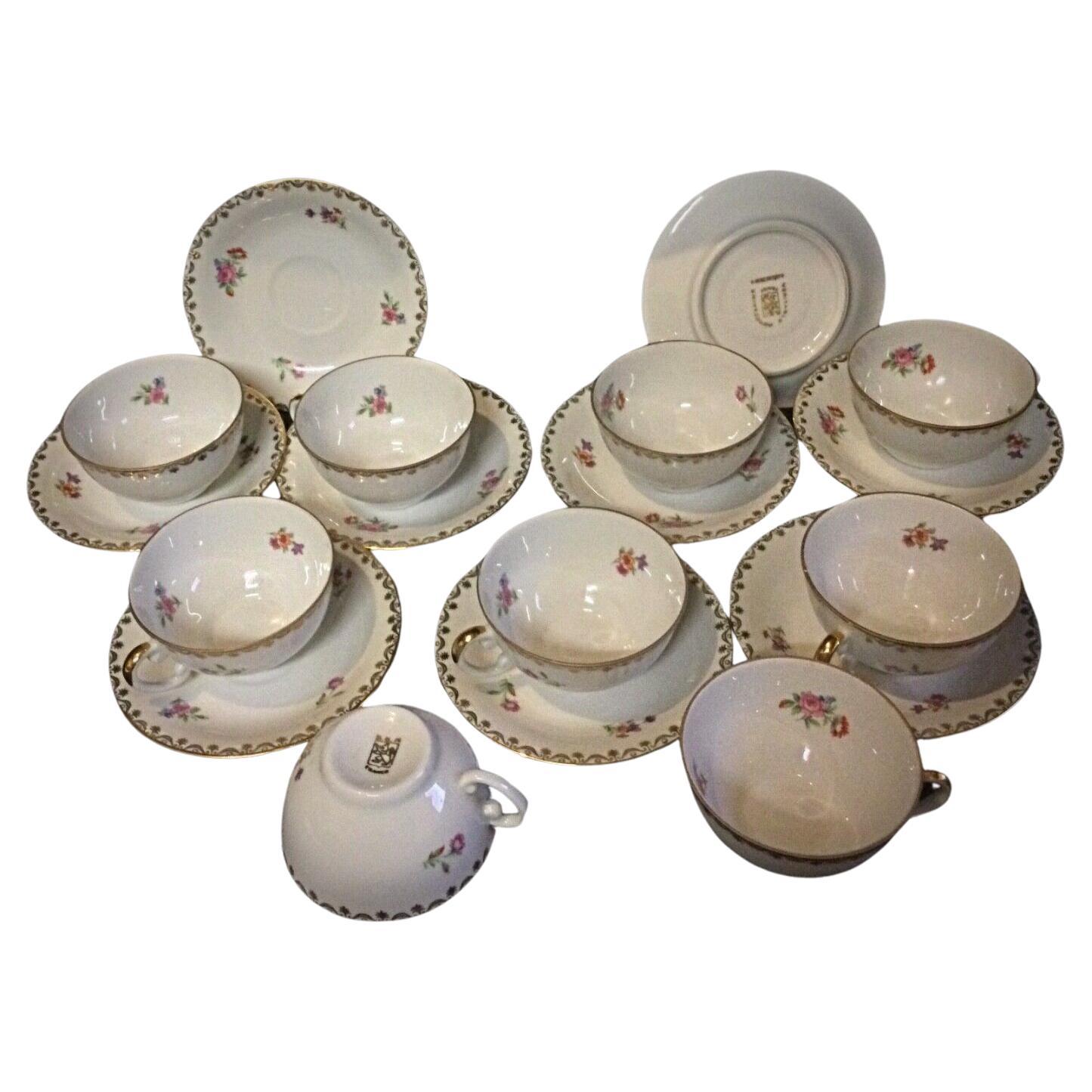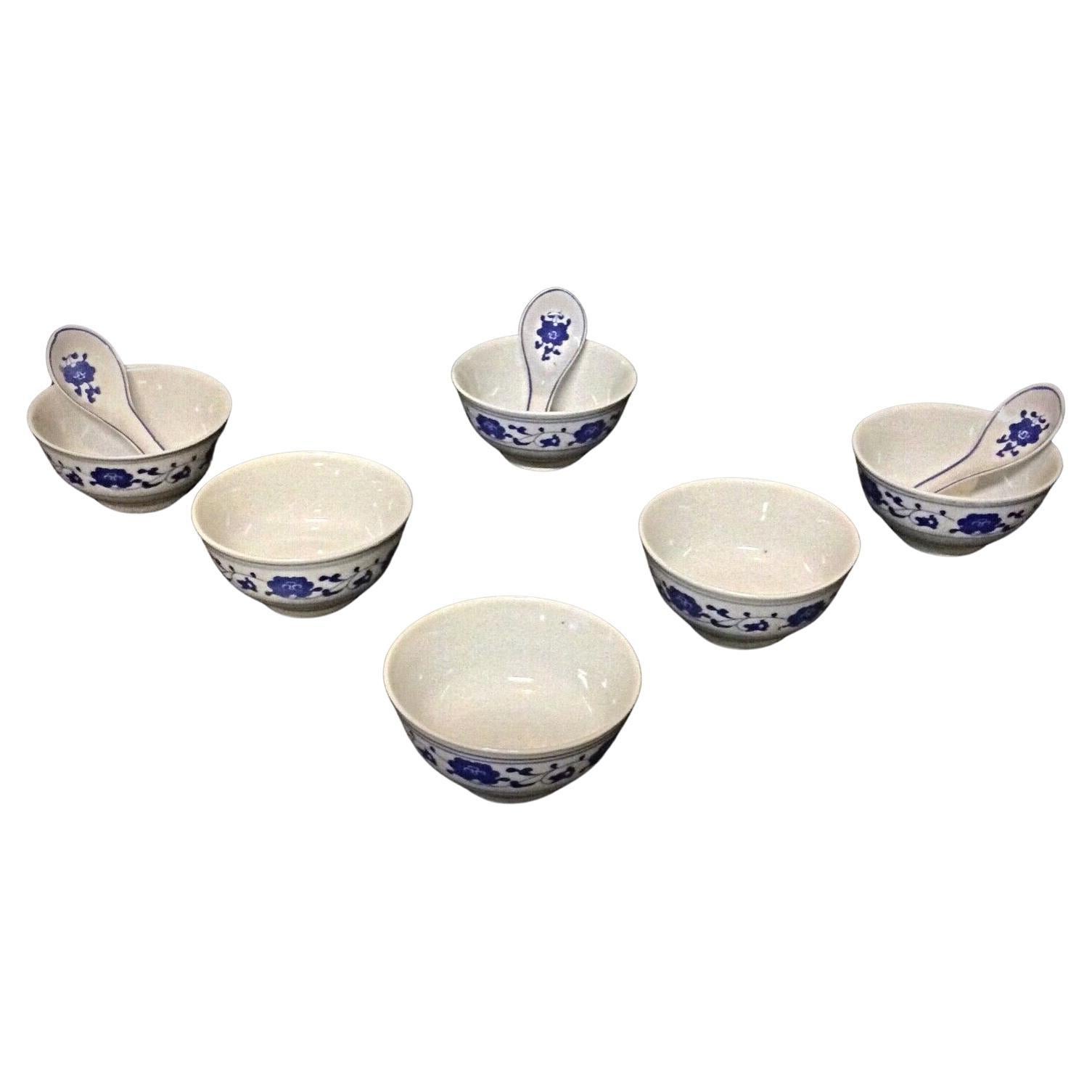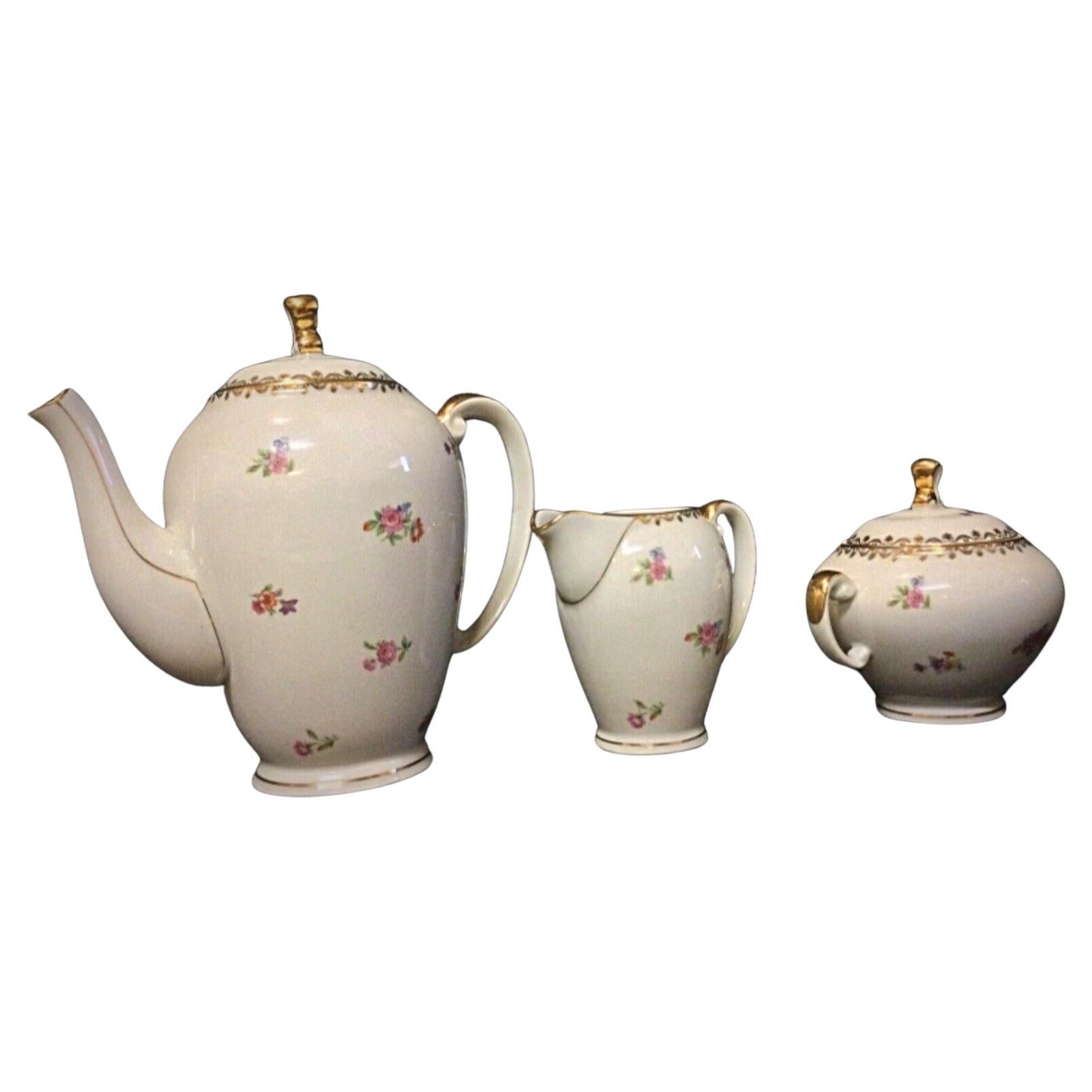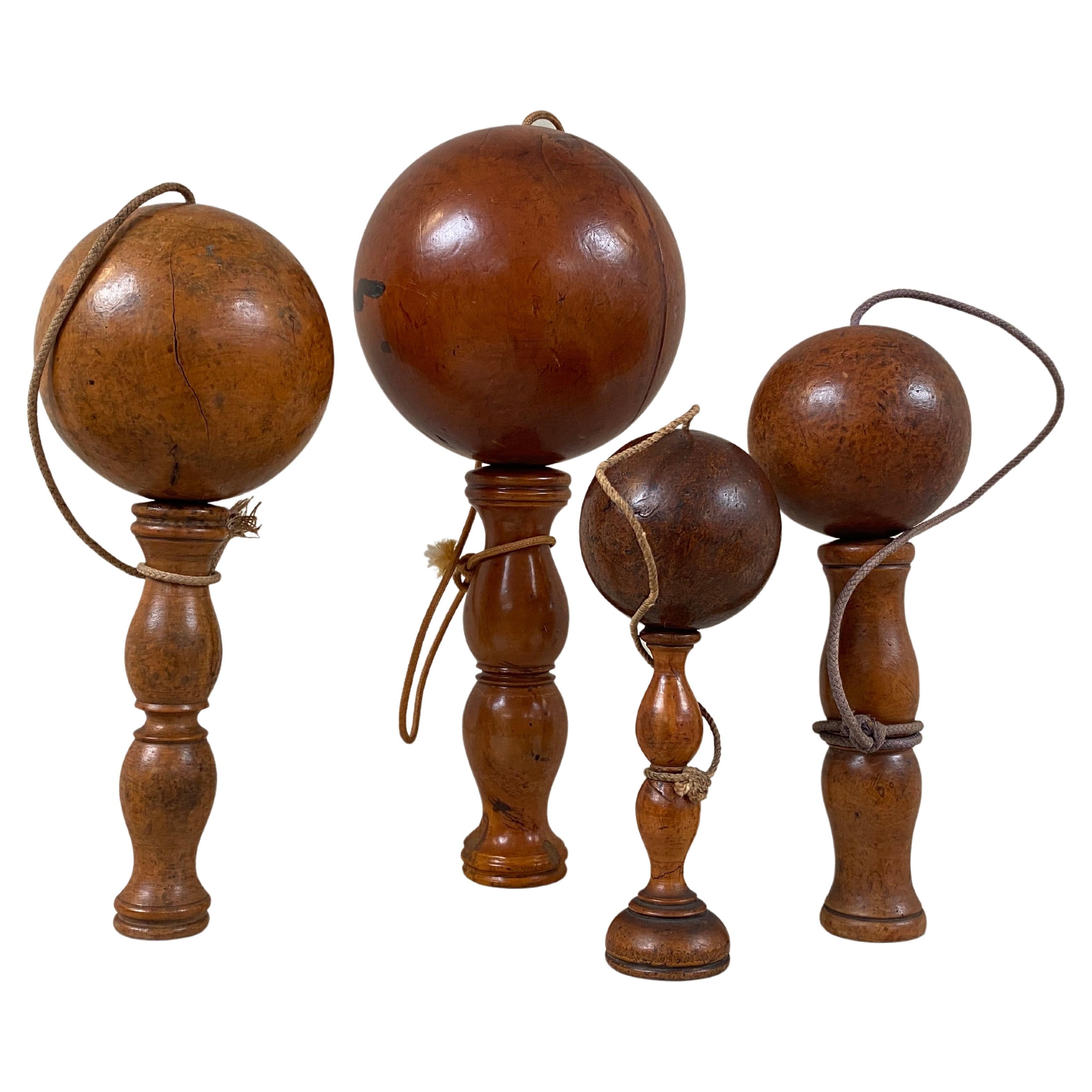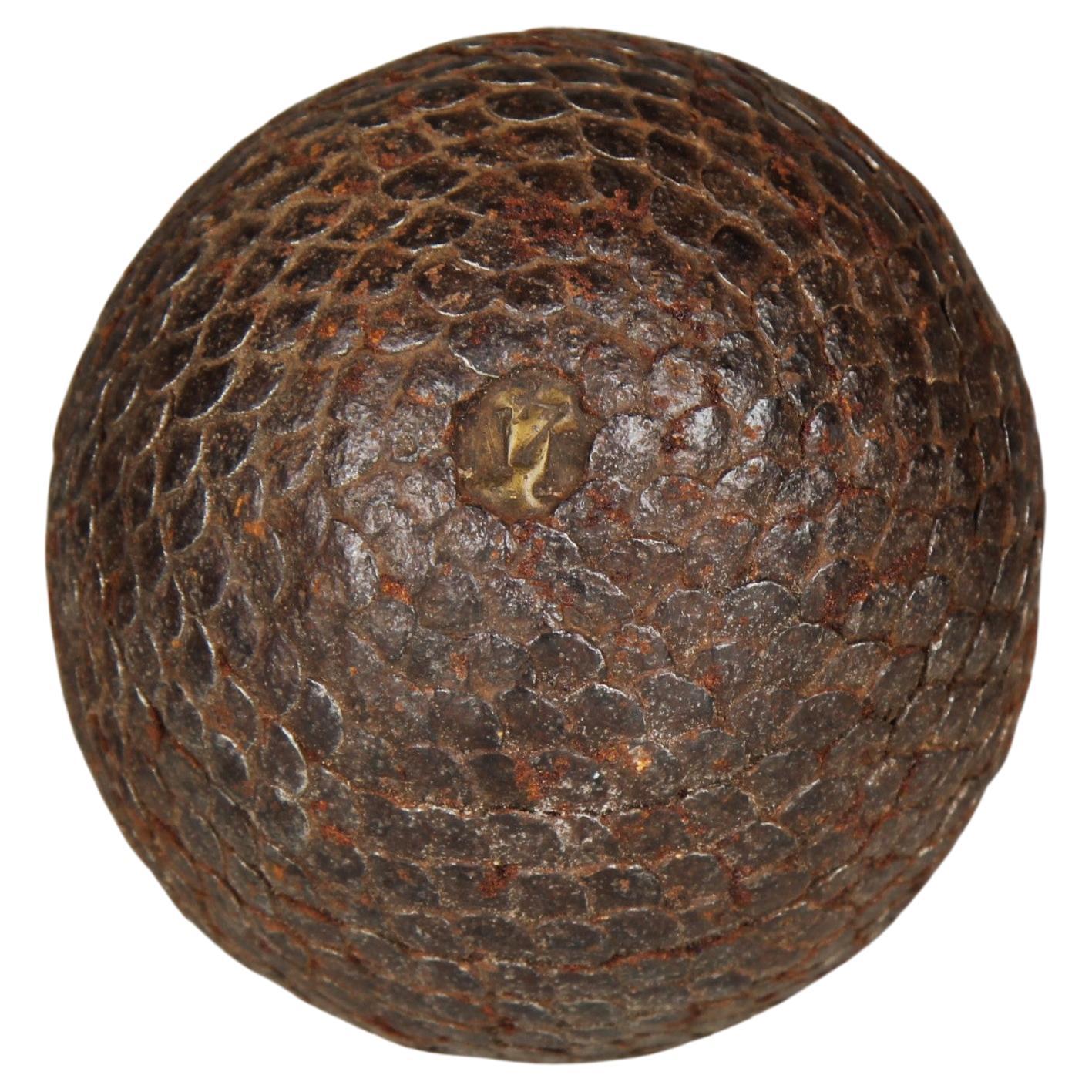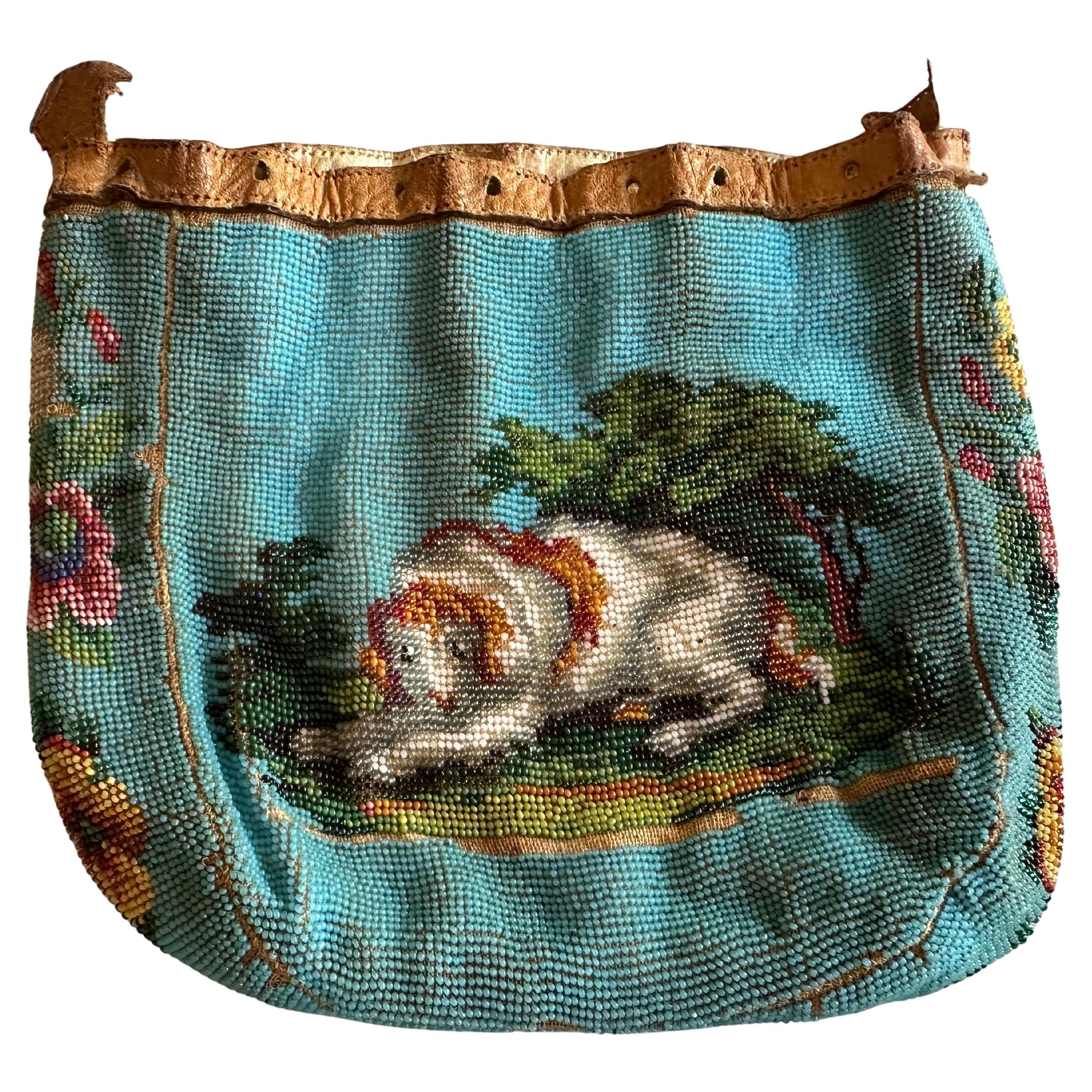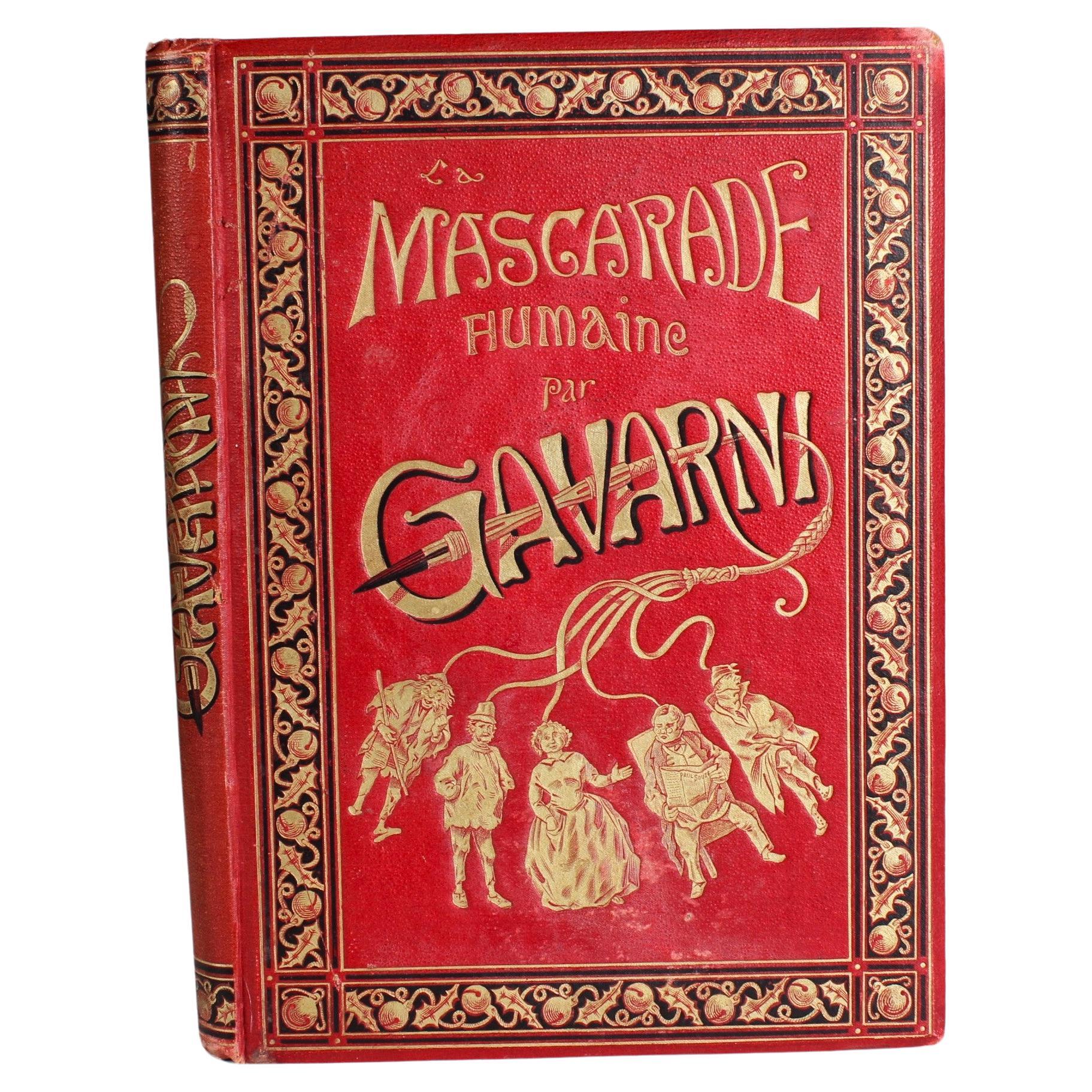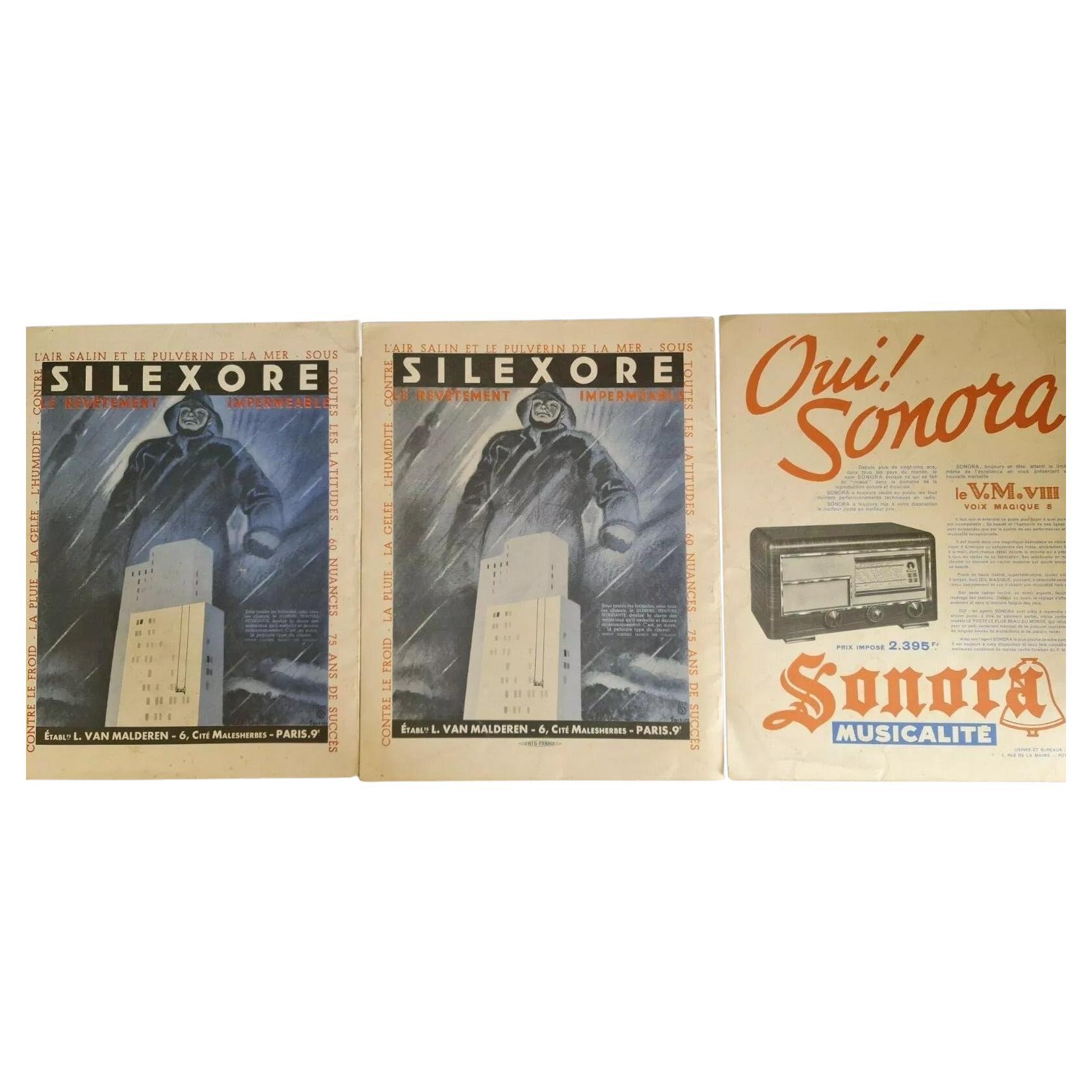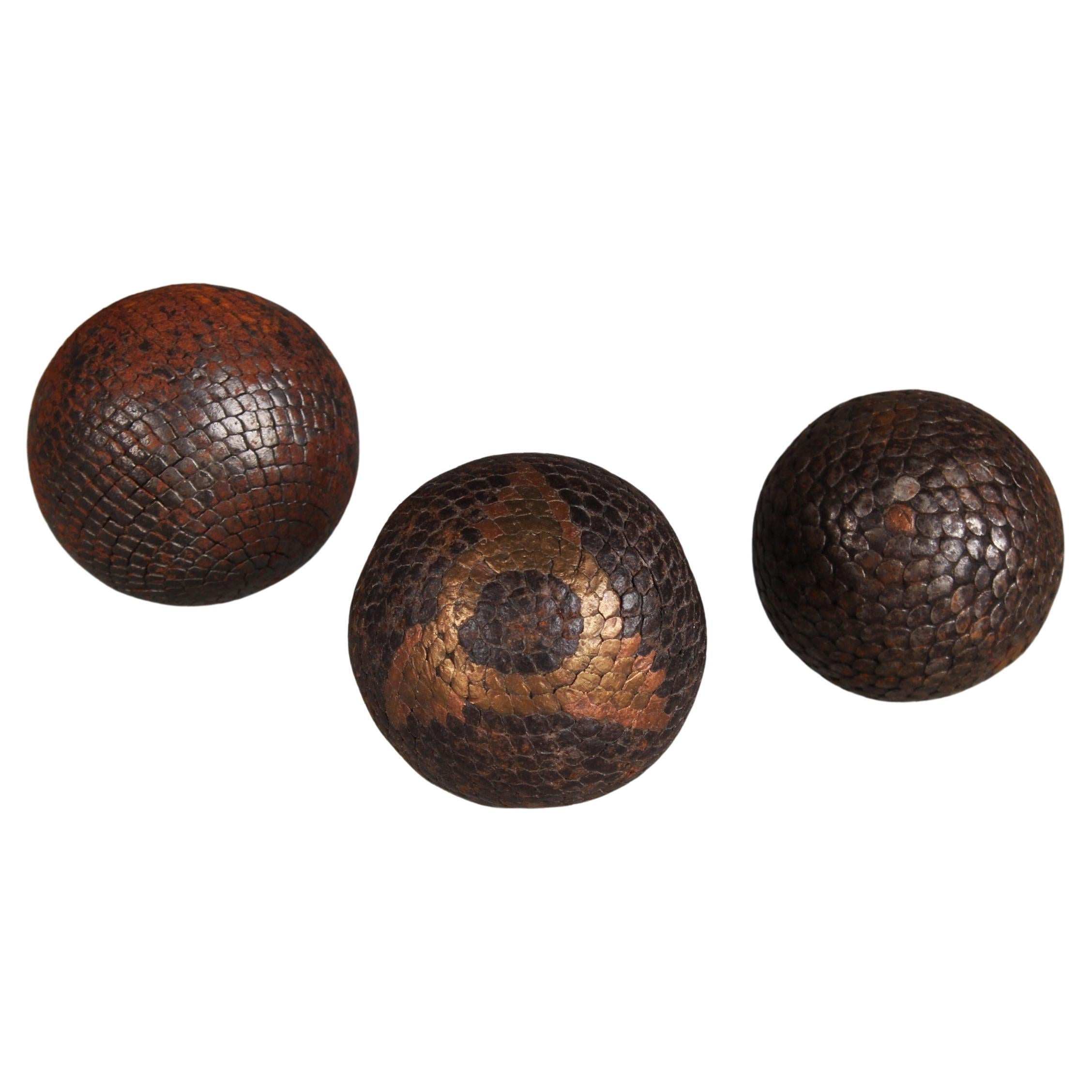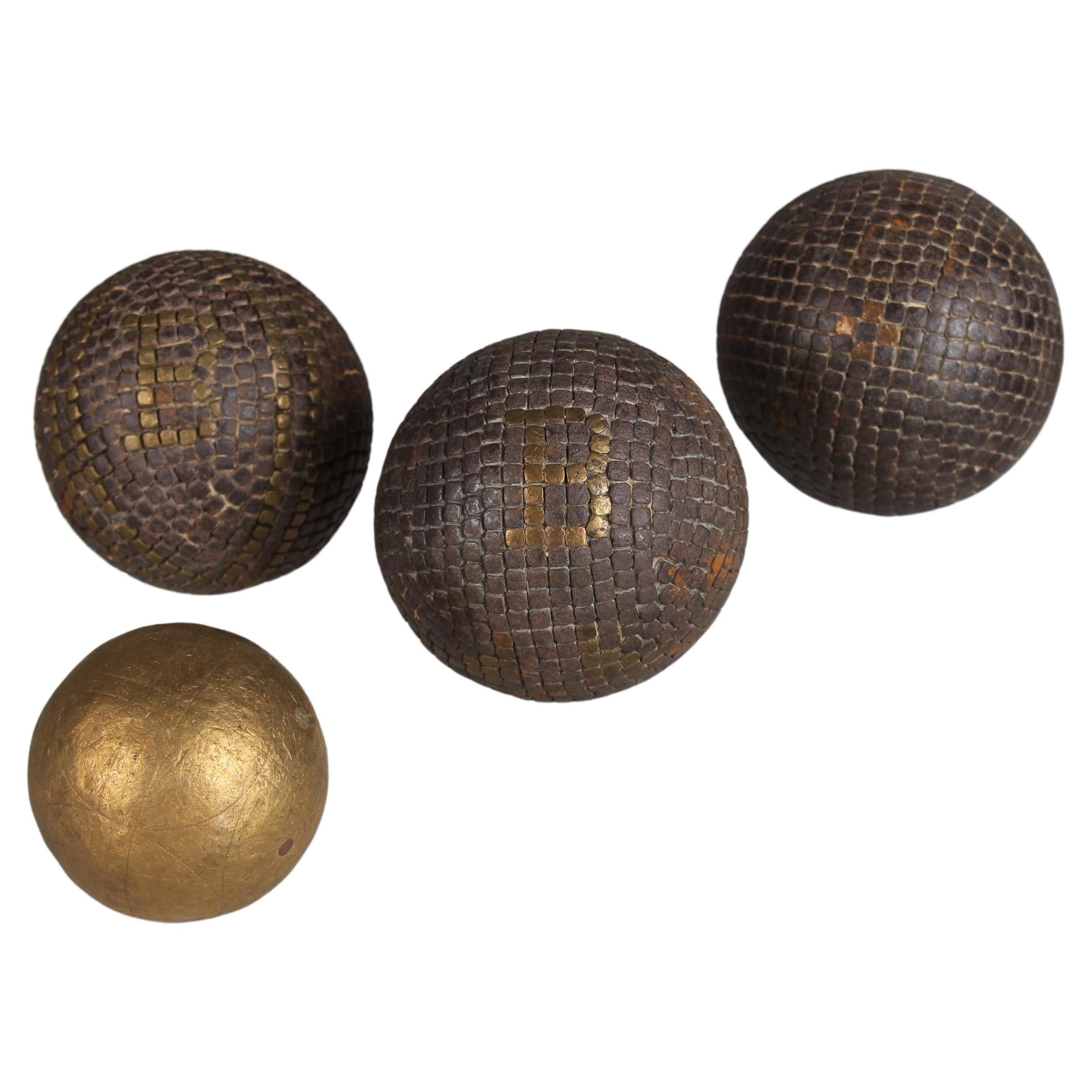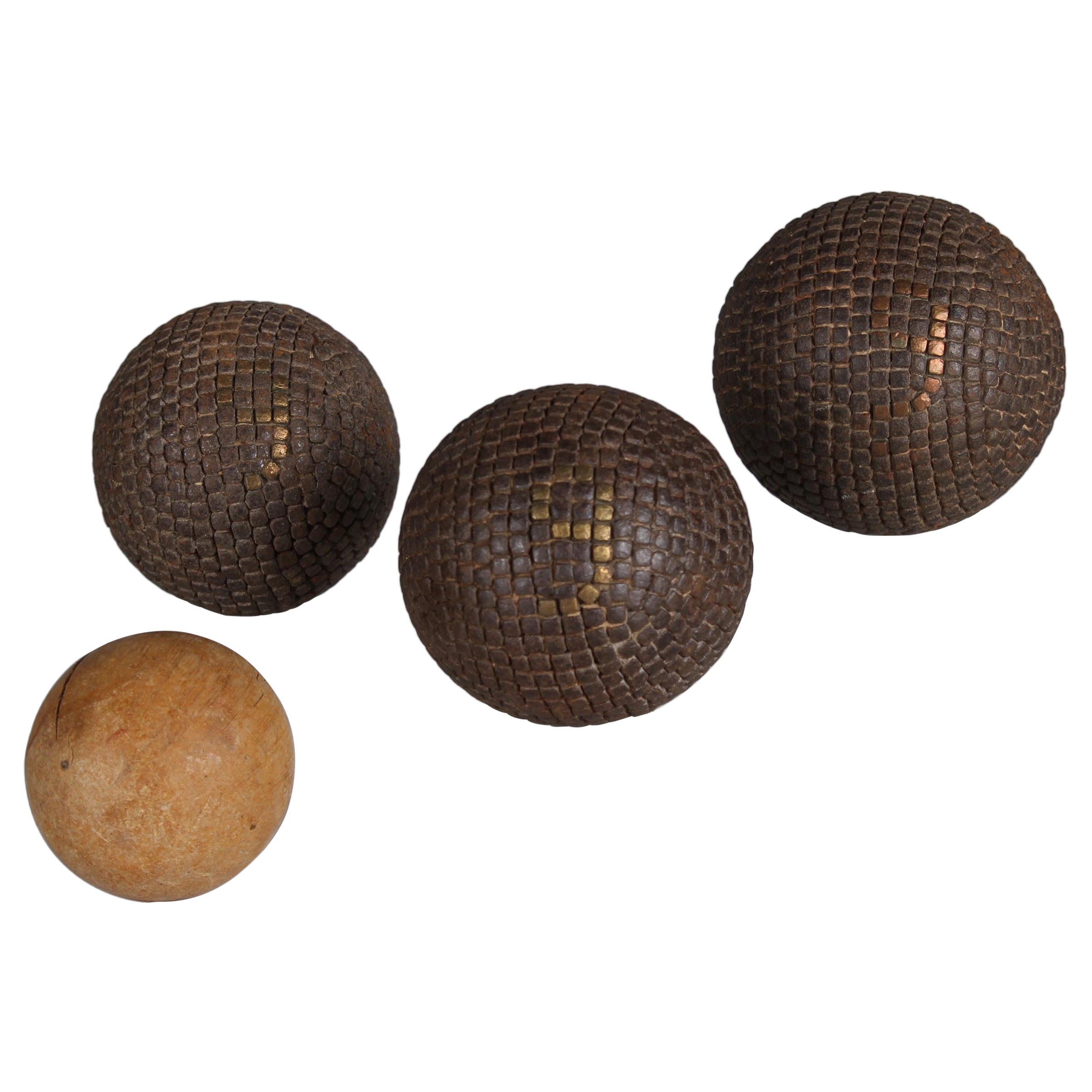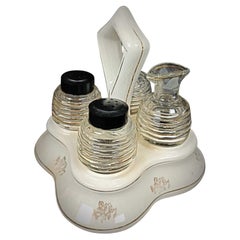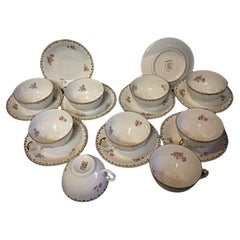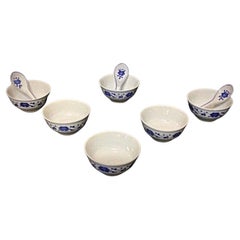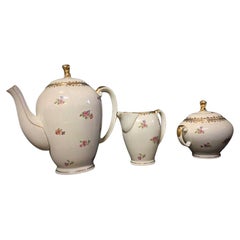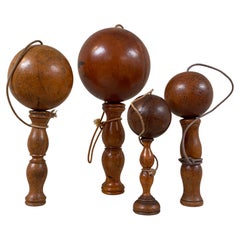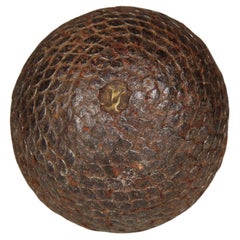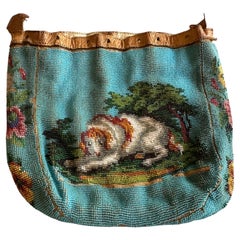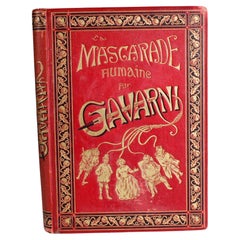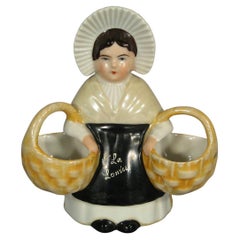
Antique French Porcelain Condiment Set with La Louvesc Peasant Motif -1Y17
View Similar Items
Want more images or videos?
Request additional images or videos from the seller
1 of 11
Antique French Porcelain Condiment Set with La Louvesc Peasant Motif -1Y17
About the Item
- Dimensions:Height: 5.12 in (13 cm)Width: 4.73 in (12 cm)Depth: 3.55 in (9 cm)
- Style:Empire (In the Style Of)
- Materials and Techniques:
- Place of Origin:
- Period:
- Date of Manufacture:Mid-20th century
- Condition:Wear consistent with age and use.
- Seller Location:Bordeaux, FR
- Reference Number:1stDibs: LU3006340016062
About the Seller
3.7
Vetted Professional Seller
Every seller passes strict standards for authenticity and reliability
Established in 2008
1stDibs seller since 2017
149 sales on 1stDibs
Typical response time: 2 hours
Authenticity Guarantee
In the unlikely event there’s an issue with an item’s authenticity, contact us within 1 year for a full refund. DetailsMoney-Back Guarantee
If your item is not as described, is damaged in transit, or does not arrive, contact us within 7 days for a full refund. Details24-Hour Cancellation
You have a 24-hour grace period in which to reconsider your purchase, with no questions asked.Vetted Professional Sellers
Our world-class sellers must adhere to strict standards for service and quality, maintaining the integrity of our listings.Price-Match Guarantee
If you find that a seller listed the same item for a lower price elsewhere, we’ll match it.Trusted Global Delivery
Our best-in-class carrier network provides specialized shipping options worldwide, including custom delivery.More From This Seller
View AllVintage Glass and Faience Condiment Set with Floral "China" Design - 2Y246
Located in Bordeaux, FR
This vintage condiment set, featuring a lovely floral "China" design, is crafted from glass and faience, providing a charming and functional addition to any kitchen or dining table. ...
Category
20th Century Unknown Antiquities
Materials
Faience, Glass
$161 Sale Price / set
65% Off
Set of 9 Authentic S.E.R France Porcelain Coffee Cups & Saucers - 2Y47
Located in Bordeaux, FR
This beautiful set includes 9 authentic porcelain coffee cups and saucers from S.E.R France, featuring delicate floral decor and elegant gold accents. The set exemplifies fine French...
Category
20th Century French Empire Antiquities
Materials
Porcelain
$201 Sale Price
65% Off
Set of 6 Chinese Porcelain Rice Bowls with 3 Spoons - 2Y49
Located in Bordeaux, FR
This set includes 6 beautifully crafted Chinese porcelain rice bowls and 3 matching spoons. The elegant design and traditional craftsmansh...
Category
20th Century French Empire Antiquities
Materials
Porcelain
$179 Sale Price / set
70% Off
Set of Authentic S.E.R France Porcelain Coffee Pot, Pitcher & Sugar Bowl - 2Y48
Located in Bordeaux, FR
This elegant set includes a coffee pot, pitcher, and sugar bowl made from authentic porcelain by S.E.R France. Each piece features timeless design and superior craftsmanship, making ...
Category
20th Century French Empire Antiquities
Materials
Porcelain
$183 Sale Price / set
70% Off
Set of 3 La Belle France Magazines – October, November, December 1938 - 3Y03
Located in Bordeaux, FR
Explore the charm and history of 1930s France with this set of La Belle France magazines, featuring issues from October, November, and December of 1938. Known for its rich black-and-...
Category
Vintage 1930s French Antiquities
Materials
Paper
Small Wall-Mounted Porcelain Christ with Esoteric Container - 2Y09
Located in Bordeaux, FR
Add a unique touch to your decor with this small wall-mounted porcelain Christ featuring an esoteric container. This vintage piece combines religious and mystical elements, making it...
Category
20th Century French Empire Antiquities
Materials
Ceramic
You May Also Like
Set of 4 Antique Bilboquets, France
Located in Schellebelle, BE
Beautiful set of four antique Bilboquets from France,around 1920,
cup-and-bowl children toys in turned Beechwood, dark tinted,
pretty patina,
a set full of charm and authenticity
...
Category
Vintage 1920s French Antiquities
Materials
Beech
$1,441 / set
Antique Boule Ball "17", Pétanque, 1880s, France, Craftsmanship
Located in Greven, DE
Beautiful, unique Boule ball, France, late 19th Century.
In the 19th century, the manufacture of boules balls underwent significant development in France as the game of boules, part...
Category
Antique Late 19th Century French Late Victorian Antiquities
Materials
Metal
Antique Beaded Drawstring Purse with Dog and Parrot Motif – Germany, circa 1850
Located in Hamburg, DE
This exquisite antique beaded purse from Germany, dating to around 1850, is a remarkable example of 19th-century craftsmanship and textile art. Richly embroidered with vibrant glass beads in exceptionally fresh and bold colors, the purse features a charming depiction of a dog on one side and a colorful parrot on the other. The attention to detail extends even to the edges, where additional animals and floral motifs are intricately stitched, showcasing the skill and artistry of its original maker.
The interior is lined with fine, buttery-soft deerskin leather, offering a luxurious tactile experience. While some minor bead losses and carefully executed repairs are visible, the overall condition is impressively well-preserved for its age. The drawstring is missing, but with the addition of a new ribbon, this delicate piece could even be used again—though it remains most striking as a collector’s item or display piece. Antique purses like this, especially with such vivid imagery and expert beadwork, are increasingly rare and highly sought after. A wonderful find for lovers of textile history, decorative arts, or romantic Victorian accessories.
Category
Antique 1850s German Biedermeier Antiquities
Materials
Leather, Glass
Antique Leather Book "La Mascarade Humaine", By Gavarni, 1881s, France
By Paul Gavarni
Located in Greven, DE
Wonderful rare antique leather book, original from 1881 by Paul Gavarni.
Illustrated by Gavarni are: Histoire de politiquer ; Les propos de Thomas Vireloque ; Les Bohèmes ; Manières ...
Category
Antique 19th Century French Antiquities
Materials
Leather, Paper
Antique Boule Balls Set "B", Pétanque, 1880s, France, Craftsmanship
Located in Greven, DE
Beautiful, unique Boule set of three Boule balls, France, late 19th Century.
In the 19th century, the manufacture of boules balls underwent significant development in France as the game of boules, particularly the pétanque variant, gained in popularity. The manufacture of boules balls during this period was a manual process that required expertise, precision and love to detail.
In the late 19th and early 20th centuries, particularly in rural areas of France and other Mediterranean regions, olive wood was a commonly used source of material for making boules balls. This was not only due to the availability of the material, but also to the outstanding properties of olive wood, which was characterized by hardness, strength and a rich grain.
First, the olive wood was carefully selected and shaped into raw balls, which were then sanded to the desired size and shape. The nails were then hammered into the balls one by one, making sure that they were evenly distributed and firmly anchored. Finally, the spheres were polished and coated with a protective varnish to enhance their natural beauty and protect them from the elements.
The use of nails to decorate and reinforce olive wood boules was a traditional practice that not only gave the ball a rustic aesthetic, but also improved its durability and contributed to customization. Many balls were made according to the specific requirements and preferences of the players. Nails were driven at regular intervals around the ball, with each nail hole precisely placed so as not to affect the balance and weight distribution of the ball. These nails not only served as a decorative element, but also helped to strengthen the structure of the ball and make it more resistant to the hard knocks and wear and tear during play. Individual engravings or decorations were often applied to the balls to make them unique and identify the player.
Antique boules...
Category
Antique Late 19th Century French Late Victorian Antiquities
Materials
Olive
Antique Boule Balls Set "B", Pétanque, 1880s, France, Craftsmanship
Located in Greven, DE
Beautiful, unique Boule set of three Boule balls and one target ball, France, late 19th century.
In the 19th century, the manufacture of boules balls underwent significant development in France as the game of boules, particularly the pétanque variant, gained in popularity. The manufacture of boules balls during this period was a manual process that required expertise, precision and love to detail.
In the late 19th and early 20th centuries, particularly in rural areas of France and other Mediterranean regions, olive wood was a commonly used source of material for making boules balls. This was not only due to the availability of the material, but also to the outstanding properties of olive wood, which was characterized by hardness, strength and a rich grain.
First, the olive wood was carefully selected and shaped into raw balls, which were then sanded to the desired size and shape. The nails were then hammered into the balls one by one, making sure that they were evenly distributed and firmly anchored. Finally, the spheres were polished and coated with a protective varnish to enhance their natural beauty and protect them from the elements.
The use of nails to decorate and reinforce olive wood boules was a traditional practice that not only gave the ball a rustic aesthetic, but also improved its durability and contributed to customization. Many balls were made according to the specific requirements and preferences of the players. Nails were driven at regular intervals around the ball, with each nail hole precisely placed so as not to affect the balance and weight distribution of the ball. These nails not only served as a decorative element, but also helped to strengthen the structure of the ball and make it more resistant to the hard knocks and wear and tear during play. Individual engravings or decorations were often applied to the balls to make them unique and identify the player.
Antique boules...
Category
Antique Late 19th Century French Late Victorian Antiquities
Materials
Olive
Recently Viewed
View AllMore Ways To Browse
Antique French Gifts
French Empire Porcelain
French Empire Dining Set
Porcelain Lovers
Countertop Height Table
Vintage Souvenir Charms
Brass Chandelier Sweden
Rectangular Coffee Table Top
Twisted Legs
Vintage Hand Blown Glass Lamp
Blue French Rug
Brass Art Deco Chairs
English Entry Hall Table
Future Dining Table
Giacometti Chairs
Glass Birds Silver
Italian Venetian Murano Art Glass
Tufted Chairs
